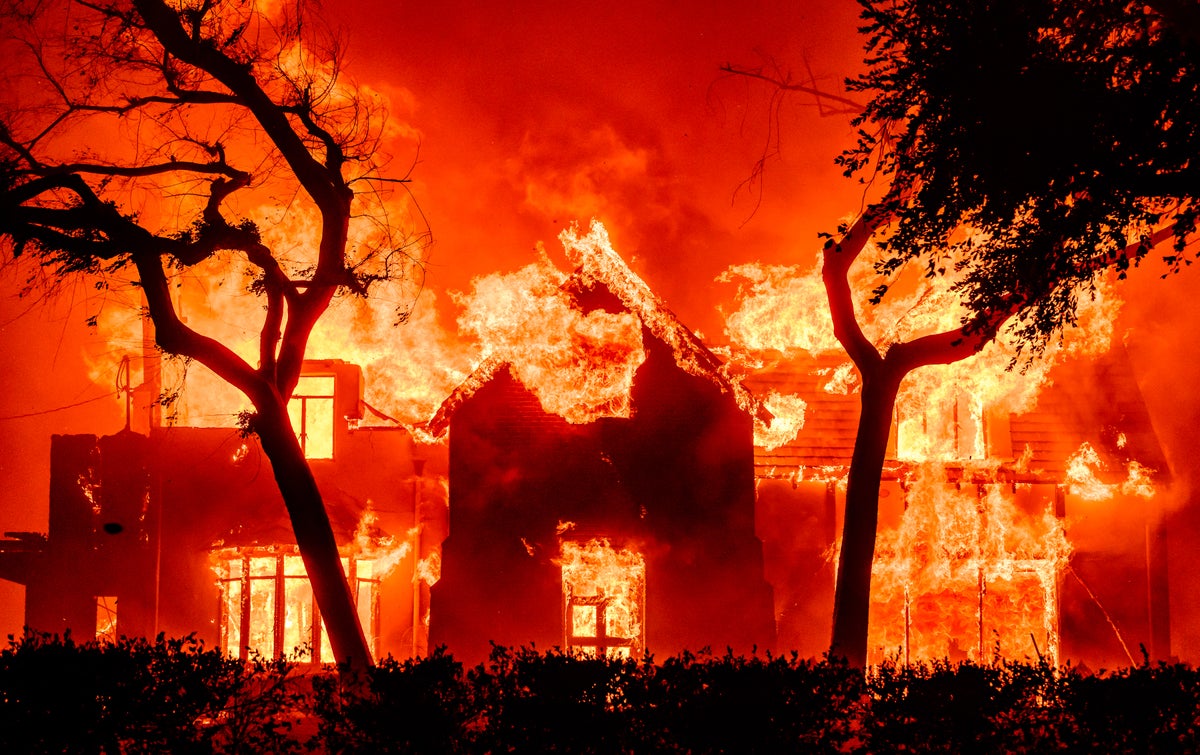ARTICLE AD BOX

According to atmospheric scientists, if frequent flyers feel like they are experiencing more episodes of extreme turbulence while traveling it is not their imagination — it is an actual growing problem.
In a report at the Guardian, Emma Brockes admitted that she is not fond of flying to start with and recent experiences with turbulence had her wondering if it is becoming an untenable and expanding problem for some airline passengers.
Describing a recent experience, she wrote, "About 45 minutes before we’re scheduled to land, an attendant comes over the address system. "In light of the severe turbulence we’re expecting,' he says, 'we need everyone to make sure their seatbelts are securely fastened and bags are fully underneath the seats in front. If you need to use the bathroom, go now.' There is a short pause. 'This is going to be rough, folks.' I twist in my seat to look back at my friend. Jesus Christ, it’s actually happening. We’re all going to die."
As Brockes points out, if you have never experienced a severe shaking in the sky, you can expect, "panic, sweat, shortness of breath," before adding, "Turbulence is getting worse. This is both the official story and one supported by anecdote."
Addressing the "official story" she turned to atmospheric scientist Dr. Paul Williams of University of Reading in Berkshire who explained that climate change is the culprit and that satellites are incapable of providing warnings ahead of time.
"it comes out of the blue. You can be one second away from it and you won’t know it’s there,” he stated before adding, "We know that CO2 changes the temperatures, which changes the winds, which makes the jet stream more sheared. This isn’t computer modeling. It has already happened.”
Describing what ensues, Matt Fronzak, the former head of meteorology at Delta Air Lines, stated, "Imagine you’ve got a 1,000ft by 1,000ft block of air. On one side of this cube, the wind is blowing from the south at 20 knots, and, on the other, the wind is blowing out of the east at 40 knots. What happens when the wind from the east meets the wind from the west? They roil. They produce eddies or waves. That’s what we feel on the aircraft when we say, ‘Oh, it’s turbulent.’”
ALSO READ: These healthcare nonprofits are accepting millions from Big Tobacco
Brockes added, "Flight attendants trained to calm frightened flyers will tell you that turbulence is akin to a 'pothole in the road,' an analogy that has never really worked for me (what if the pothole becomes a sinkhole?). Although the term 'turbulence' covers a multitude of things, there are, broadly, two types: convective turbulence, also know as 'thermals' which tends to occur closer to the ground and is a result of warm air rising in unstable patterns. And clear air turbulence, the focus of Williams’s study, which happens much higher in the atmosphere and is the kind that may cause a plane to drop so abruptly it makes the 10 o’clock news."
You can read much more here.
.png)
 1 year ago
7
1 year ago
7








 English (US)
English (US)